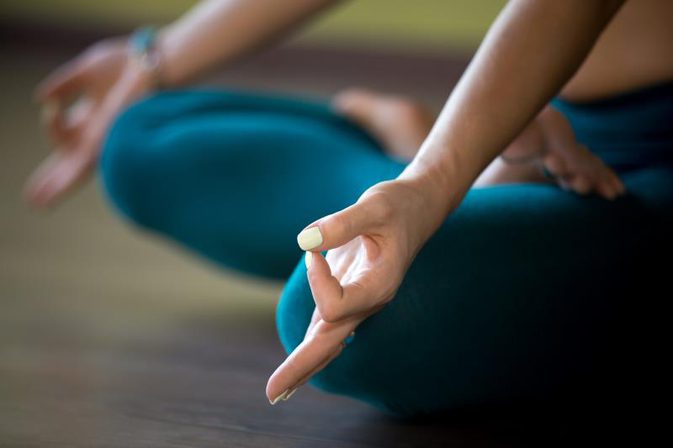Hatha Yoga is for the most part drilled for health and essentialness. Hatha Yoga was presented in the fifteenth century by Yogi Swatmarama. Hatha yoga focuses on the purification of the physical being which prompts the purification of the psyche. The exploration of these physical associations and body focused practices prompted the creation of Hatha Yoga. Today In the West, hatha yoga has turned out to be prominent as a simple physical exercise regimen separated for its uniqueness.
Krishnamacharya has turned into the undisputed master of present-day hatha yoga. Krishnamacharya’s first exercises in yoga were from his father and his grandmother and went on through generations of training.
Hatha Yoga rises above being grounded in any one religion, so it has no association with a particular root or a lifestyle, and can be practised by anyone anytime, and anywhere.
The simple name hatha yoga, a mix of “ha,” which means sun, and “tha,” which means moon, signifies the association of contrary energies. Through the act of yoga, an individual can pick up on the physical, emotional, mental, and spiritual aspects.
Hatha Yoga speaks to restricting energies: hot and cool, fire and water following the subject of ying and yang, male and female, positive and negative. Hatha yoga endeavors to adjust and balance the brain and body. The adjusting of the brain and body is achieved by means of physical activities (otherwise called asanas), controlled breathing (pranayama) and meditation.
Pranayama alludes to breathe control in yoga. This yoga is characterized as a method for control on the breath and the mind using the syllable ‘Om’.
Yoga has practices of fasting, breath control, and stances to rise above the body, and not develop it. Asana body acts that are pensive in nature and are intended to adjust the body and achieve the ideal circumstance for unwinding.
Customary yoga is an all-encompassing yogic way and is making its mark in various societies and cultures.

